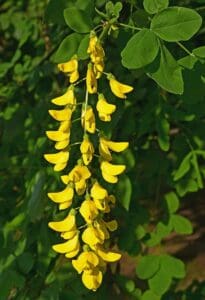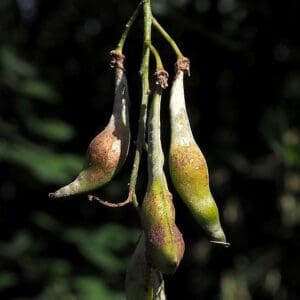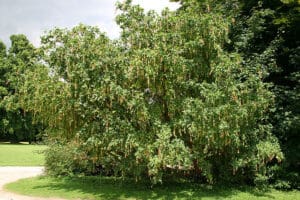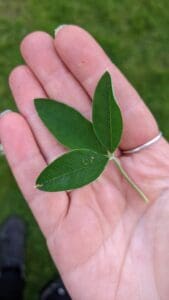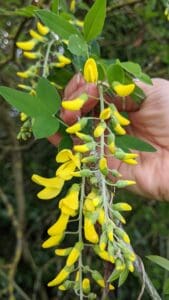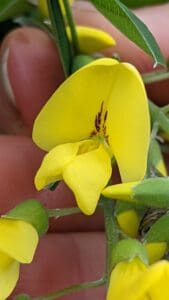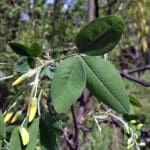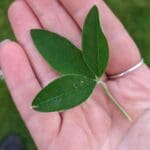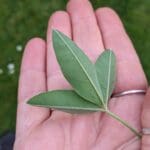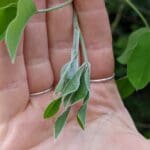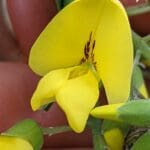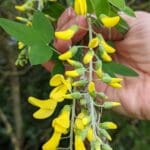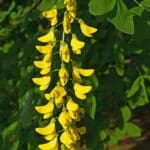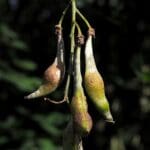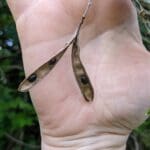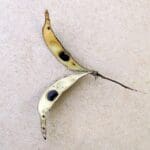Laburnum / Spring / Summer / Autumn / Toxic
Laburnum is a fairly common sight in parks and gardens especially in spring when they are in flower.
Although it looks absolutely beautiful when it comes into flower all parts of this plant are toxic so it’s an important species for foragers to be aware of. I actually talked to a friend once who runs a nursery at their house and they had to have it removed from their garden due to the risk to children.
Common Names
Golden Chain, Golden Rain, Golden chain tree
Botanical Name
Laburnum anagyroides
Scientific Classification
Kingdom: Plantae
Order: Fabales
Family: Fabaceae
Physical Characteristics of Laburnum
This is a delightful and beautiful plant that is most prominent in spring to early summer when it produces huge closers of bright and vibrant yellow flowers.
Leaves
Laburnum leaves are compound and trifoliate i.e. they have three leaflets like a Clover leaf. The leaflets are typically 2–5 cm long. They are medium to dark green and arranged alternately on the stem.
Flowers
The flowers of laburnum are a key identifying feature, they form pendulous clusters of bright yellow, pea-like blossoms. These clusters give the plant its distinctive appearance and are responsible for the old poetic name ‘golden chain tree’.
Fruit
The flowers turn into shiny, black peapods which are extremely poisonous
Habitat
It is an introduced species and is generally found in gardens, parks, and woodland areas. It prefers well-drained soil and a sunny location.
Known Hazards
All parts of the plant are poisonous, the main toxin being cytisine, which is a nicotinic receptor agonist. Learn more about Cytisine here
Although death is rare, symptoms of poisoning may include intense sleepiness, vomiting, convulsive movements, coma, slight frothing at the mouth and dilated pupils.
Could be Confused with
It could possibility be confused with Gorse (Ulex Europaeus) but Gorse is a woody shrub rather than a small tree and Gorse flowers grow individually rather than in racemes
Edible Uses
Laburnum is not edible and all parts are toxic.
Notes on Herbal Uses
Due to its toxicity, Laburnum is not recommended for herbal or medicinal purposes.
Extra notes from the Foragers
Laburnum has historically been used for cabinet making and for making musical instruments such as recorders and flutes.



